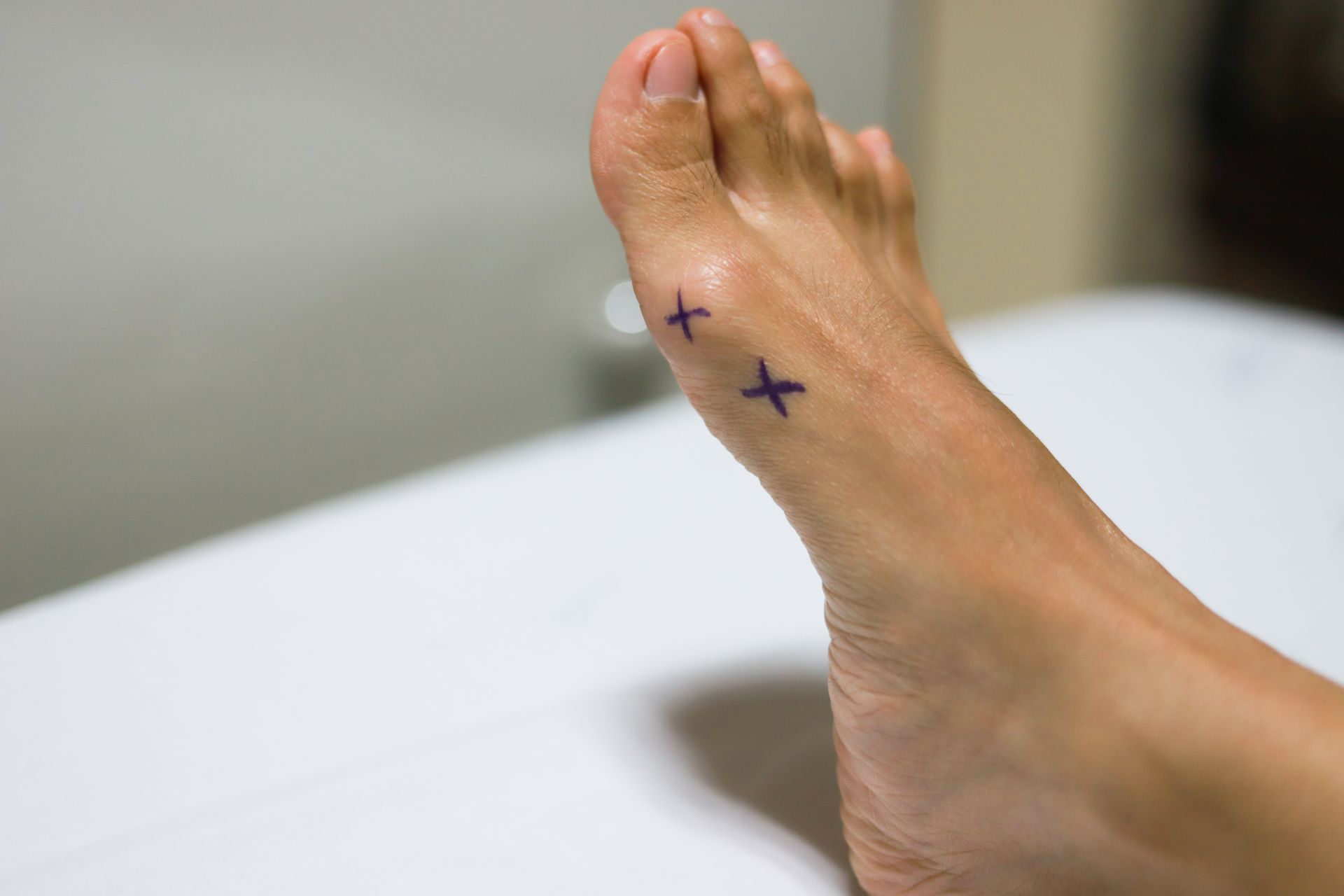Plantar Fasciitis Surgery: When to Consider It and What to Expect
Plantar fasciitis is one of the most common causes of heel pain, often characterized by a sharp, stabbing discomfort that is felt with the first steps in the morning. For most people, this inflammation of the plantar fascia, the thick band of tissue connecting the heel to the toes, can be managed with non-surgical treatments. However, in rare cases where pain persists despite months of conservative care, plantar fasciitis surgery may be the best path toward lasting relief.
What Is Plantar Fasciitis and Why Does It Happen?
Plantar fasciitis develops when repeated stress and strain cause microtears in the plantar fascia, leading to inflammation and pain. Common causes and contributing factors include:
- Overuse or high-impact activities such as running or prolonged standing.
- Foot mechanics, such as flat feet, high arches, or abnormal gait patterns.
- Improper footwear that lacks support or cushioning.
- Tight calf muscles that put added tension on the plantar fascia.
While it can affect anyone, plantar fasciitis is particularly common among runners, individuals who work on their feet all day, and those with certain foot structures.
Non-Surgical Treatments for Plantar Fasciitis Relief
The majority of plantar fasciitis cases improve with targeted conservative care. At Hall Podiatry, treatment plans are customized to each patient and may include:
- Rest and activity modification to reduce strain on the fascia.
- Supportive footwear and custom orthotics for improved alignment and shock absorption.
- Stretching and strengthening exercises for the plantar fascia and calf muscles.
- Night splints to maintain a gentle stretch during sleep.
- Ice therapy and anti-inflammatory medications to reduce swelling and discomfort.
- Corticosteroid injections for cases where pain persists despite initial treatment.
Most patients see significant improvement within 6 to 12 weeks when these measures are followed consistently.
When Is Plantar Fasciitis Surgery the Best Option?
Surgery for plantar fasciitis is considered only after at least six months of unsuccessful non-surgical treatment. Common indicators that surgery may be appropriate include:
- Persistent, severe heel pain that limits daily activities.
- No improvement despite consistent use of conservative treatments.
- Significant impact on quality of life, including work and recreational activities.
The most common procedure is plantar fasciotomy, which involves carefully releasing part of the plantar fascia to relieve tension and inflammation. In many cases, this can be performed endoscopically through small incisions, minimizing downtime.
Plantar Fasciitis Surgery Recovery and Risks
Recovery varies depending on the surgical technique and individual healing rates; however, most patients return to normal activities within 6 to 10 weeks. Post-surgery care often includes:
- Gradual return to weight-bearing activities.
- Physical therapy to restore strength and flexibility.
- Supportive footwear or orthotics to prevent recurrence.
As with any surgery, there are potential risks, including infection, nerve irritation, or continued heel pain. A thorough discussion with a qualified foot and ankle specialist is essential before deciding on surgery.
Expert Plantar Fasciitis Care at Hall Podiatry
Dr. Patrick Hall, a board-certified foot and ankle surgeon with extensive experience treating plantar fasciitis, is committed to helping patients achieve lasting relief. His approach begins with thorough diagnosis and personalized conservative treatment, moving to surgical options only when truly necessary.
If you have been living with persistent heel pain and want to explore your treatment options, Hall Podiatry offers the expertise and care you need to get back on your feet.
Schedule an appointment today to take the first step toward recovery.


